Technological Innovations
Technological advancements play a pivotal role in shaping the Mobile Emission Catalysts Market. Innovations in catalyst formulations, such as the development of more efficient precious metal catalysts and the introduction of novel substrate materials, enhance the performance and durability of emission control systems. Furthermore, the integration of artificial intelligence and machine learning in catalyst design and optimization processes is expected to revolutionize the industry. These advancements not only improve the efficiency of emission reduction but also lower production costs, making it feasible for manufacturers to adopt cutting-edge technologies. The market is likely to witness a surge in demand for these innovative solutions, as they align with the growing emphasis on sustainability and environmental responsibility.
Regulatory Compliance Pressure
The Mobile Emission Catalysts Market is experiencing heightened pressure from regulatory bodies worldwide. Governments are increasingly implementing stringent emission standards to combat air pollution and climate change. For instance, regulations such as the Euro 6 standards in Europe and the Tier 3 standards in the United States mandate lower nitrogen oxide and particulate matter emissions from vehicles. This regulatory landscape compels manufacturers to invest in advanced catalytic technologies, thereby driving the demand for mobile emission catalysts. As a result, the market is projected to grow at a compound annual growth rate of approximately 6% over the next few years, reflecting the urgency for compliance and innovation in emission control technologies.
Rising Environmental Awareness
Increasing environmental awareness among consumers and industries is significantly influencing the Mobile Emission Catalysts Market. As public concern regarding air quality and climate change intensifies, there is a growing demand for cleaner transportation solutions. This shift in consumer behavior is prompting automotive manufacturers to prioritize the integration of advanced emission control technologies in their vehicles. Consequently, the market for mobile emission catalysts is expected to expand, driven by the need for effective solutions that meet both regulatory requirements and consumer expectations. Market analysts project that the demand for mobile emission catalysts could increase by over 20% in the next five years, reflecting the urgency to address environmental challenges.
Growth of the Automotive Sector
The expansion of the automotive sector is a crucial driver for the Mobile Emission Catalysts Market. As vehicle production continues to rise, particularly in emerging economies, the demand for effective emission control technologies is also increasing. The automotive industry is projected to grow at a rate of approximately 4% annually, leading to a corresponding rise in the need for mobile emission catalysts. This growth is further fueled by the increasing adoption of stringent emission regulations, which necessitate the incorporation of advanced catalytic systems in new vehicles. Consequently, manufacturers are likely to invest heavily in research and development to enhance catalyst performance, thereby propelling the market forward.
Shift Towards Sustainable Mobility
The transition towards sustainable mobility solutions is reshaping the Mobile Emission Catalysts Market. With the rise of electric vehicles and hybrid technologies, there is a growing emphasis on reducing emissions from traditional internal combustion engines. This shift is prompting manufacturers to innovate and develop catalysts that can effectively reduce harmful emissions from these vehicles. The market is witnessing a notable increase in demand for mobile emission catalysts that can cater to both conventional and alternative fuel vehicles. Analysts suggest that this trend could lead to a market growth rate of around 5% annually, as the automotive industry adapts to the evolving landscape of sustainable transportation.
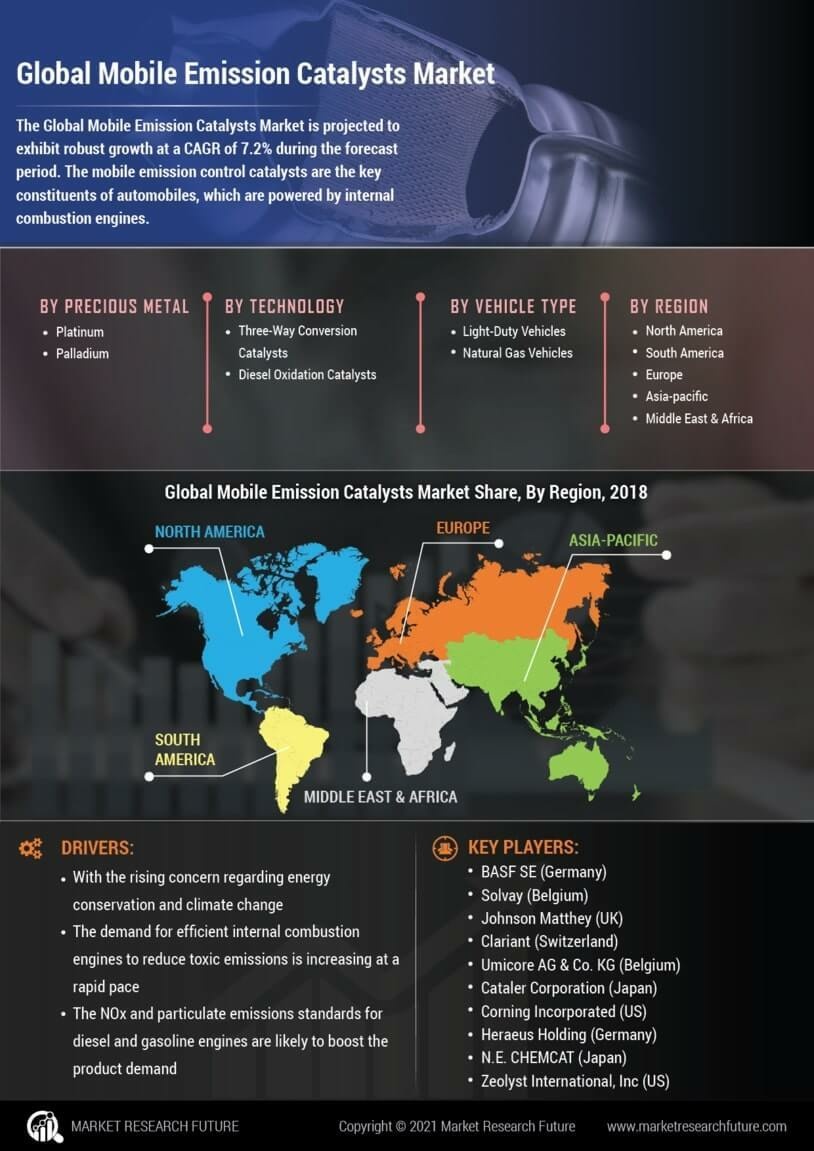

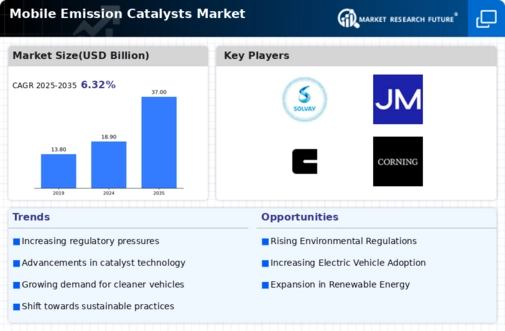
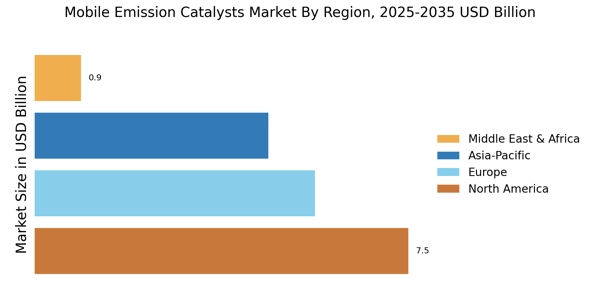
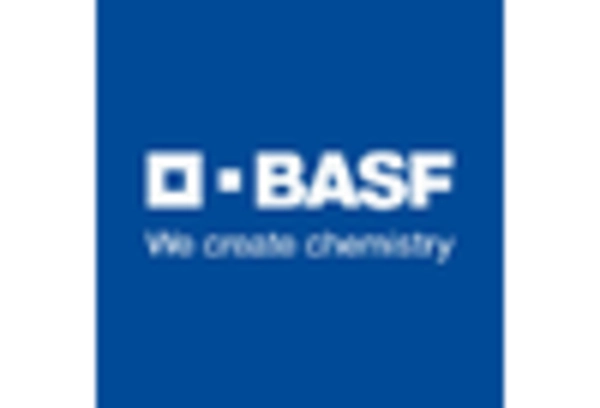
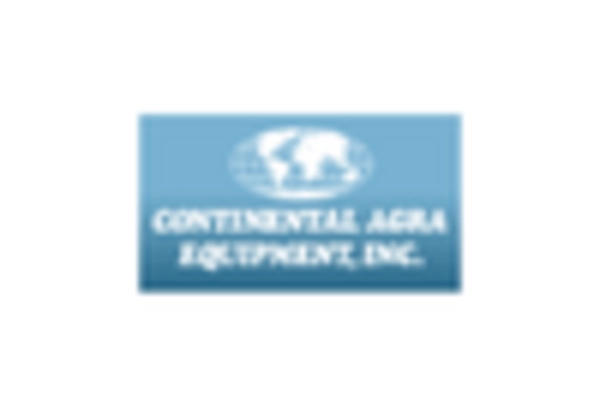
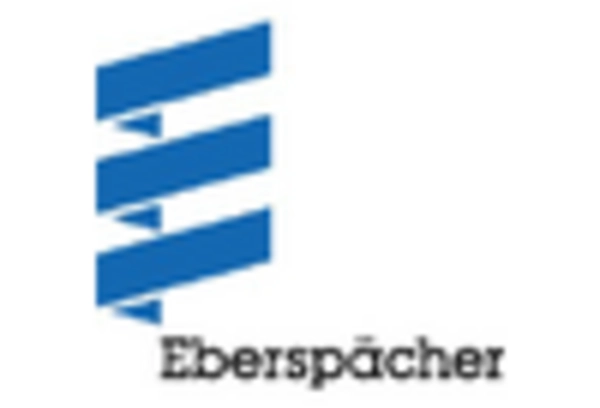
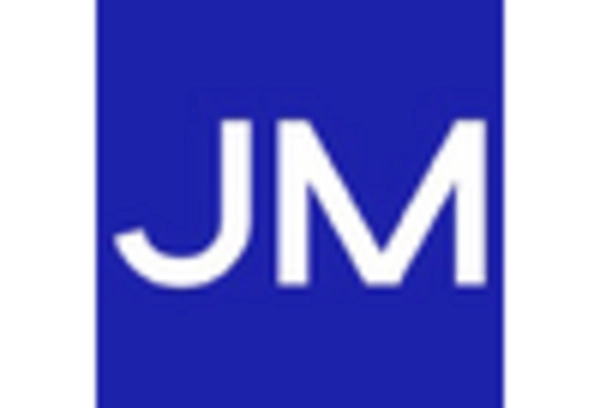
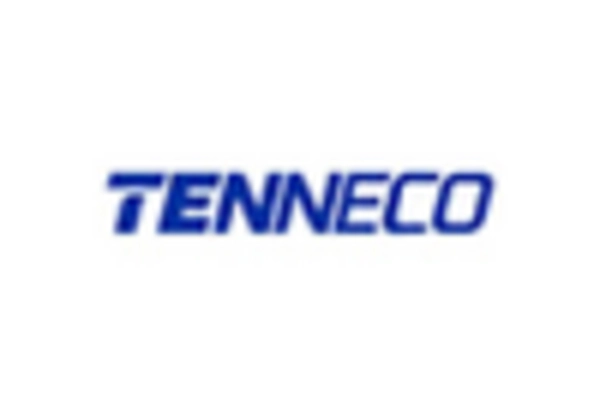
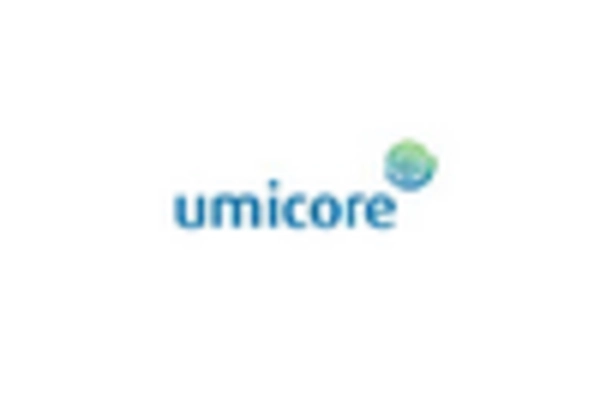








Leave a Comment